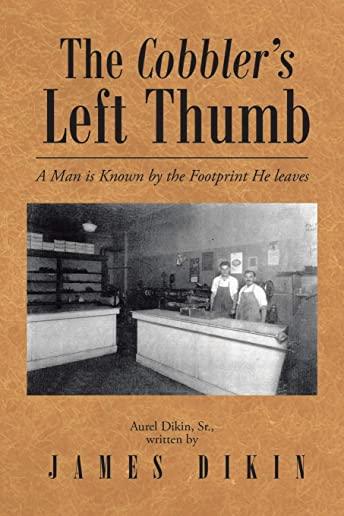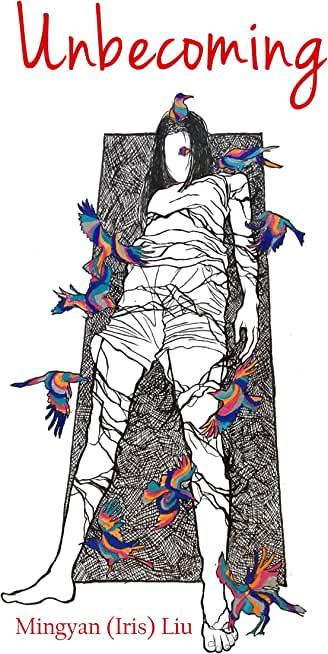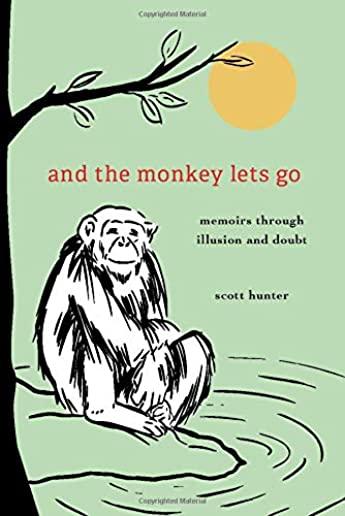
description
7Progress...Not So Much. In times past, the shoemaker, or cobbler, was as important as a cooper (barrel maker), blacksmith, lumberman, or cattleman. In fact, maybe he was more important since all the other trades needed his services to perform theirs. Everyone needed shoes, but where would the lumberman be without proper boots, belts, and suspenders? How about the chaps the range riders used to protect their legs from briars and thistles? Halters, bridles, reigns, buggy whips, and saddles were just some of the products a cobbler would produce. And in time they would all need repair. Gloves and many types of protective gear were made of leather. Hides were abundantly available from buffalo, bison, deer, elk, and smaller animals, such as rabbit, raccoon, fox, coyote, wolf, and other small species. Many cobblers were artists with the ability to transform raw material into something beautiful and comfortable with the expertise of a tailor or dressmaker. Doctors would write prescriptions for special attention in balancing a patient's stand by modifying their shoes. And someone had to be able to change the color of a leather product to comply with a customer's needs. This book opens the door on the private lives of two cobblers. My father and grandfather enjoyed the work they did, and as world production of inexpensive and inferior shoes took over the market, they found it too costly to compete. Aurel Dikin Sr. was the younger, but taller of the two shoemakers. The stories are my parents' stories, which I promised I would put together and share in my memory and love for them. Both have passed away years ago, and I'm honored to share their memories. Aurel Dikin Sr. James P. Dikin The younger Cobbler Author, son and grandson of Cobblers
member goods
No member items were found under this heading.
Return Policy
All sales are final
Shipping
No special shipping considerations available.
Shipping fees determined at checkout.







